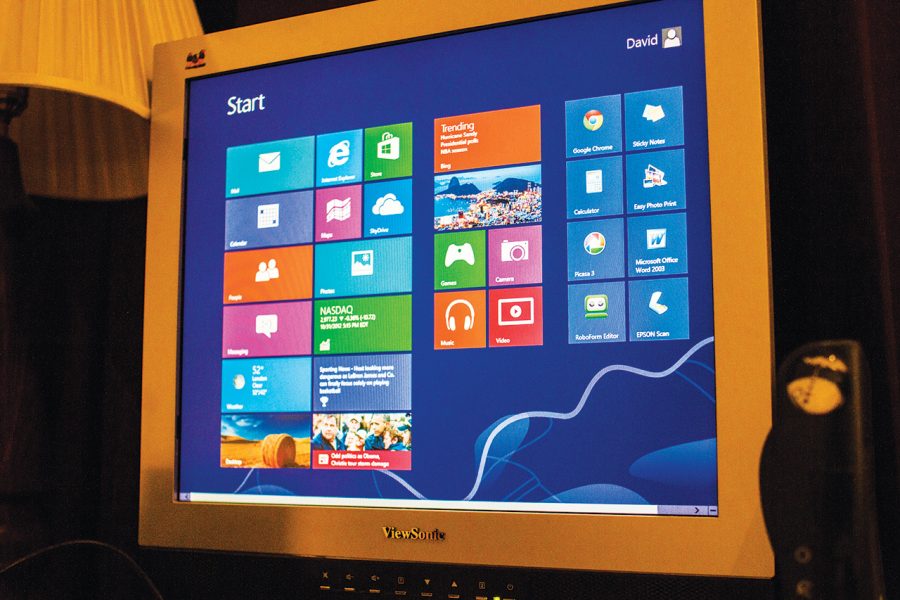Windows 8 more like tablet, smartphones
November 15, 2012
Microsoft released Windows 8 Oct. 26 as part of a growing group of evidence that the computing world is moving toward applications, tablets and smartphones.
When Microsoft introduced Windows 7 in 2009, it was done so for a couple of reasons. First of all, Microsoft had to do something to end the sad reign of disappointment that was Windows Vista. Secondly, they had to do something to answer the Apple domination of the computing marketplace.
Local computer technician Don Rickard said Windows 7 was important.
“Vista was bad and so I think they had to rush and get Windows 7 out there,” Rickard said. “Windows 8 is just the completed version of that new direction.”
And Windows 8 is a new direction, if nothing else, for one of the largest software houses in the game.
Matt Morris, a computer sales associate at Best Buy in Florence, said Windows 8 has a totally new approach.
“The first thing that people notice is that the famous start button has been removed,” Morris said. “Instead, what this new Windows OS has are live tiles, which require users to approach things differently.”
Morris said the new approach from Windows shows that Microsoft is starting their focus on tablets and smartphones.
“I think Microsoft is definitely doing something to answer the Apple move of synchronizing the iPhone, iPad and MacBooks,” Morris said. “You can see that with the Windows phones, their move into tablets and with this new version of Windows for PCs.”
For Rickard, one of the most important points is the e-commerce compatibility that Windows 8 has.
“Windows 8 works well in that capacity, and I think that the interface works the way users expect it to work,” Rickard said.
The size of Windows 8 is a bit more in line with Microsoft’s reputation. Rickard said it is nothing like the Android or Mac operating systems.
“Windows 8 looks great and works great, but it is huge,” Rickard said. “It is a memory hog. When Windows started the move to this new style of operating system with Windows 7, they brought along a lot of the old code from Windows XP and Vista.”
The official review by PCWorld.com makes the point that operating systems nowadays are less important; instead, the ability of applications to work correctly across a span of devices is the focus. They describe this as ecosystems as opposed to operating systems.
Without the start button or desktop icons, Windows 8 has a start screen that is populated with “tiles” of applications. Everything about this new version lends itself to the future of touch-screen computing through smartphones or tablets.
The official review summarized the new version of Windows 8 by saying that “love it or hate it, Windows 8 is ushering in a new era of cloud-connected Microsoft services, a unified user interface and more robust social media interaction. Only time will tell whether it’s the right risk at the right time.”


